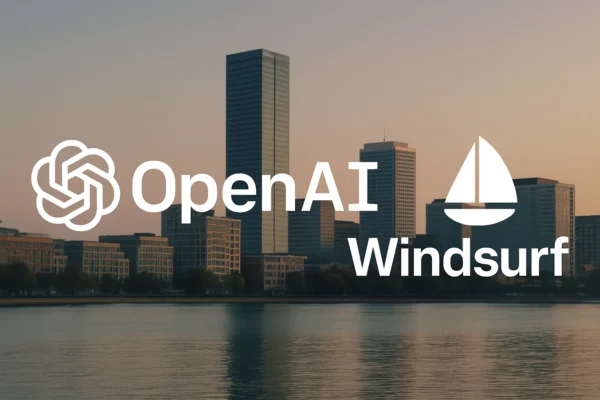
The LLM space has witnessed remarkable progress since Open AI introduced the first true LLM in 2018. The development of language models has seen significant milestones, notably the introduction of GPT-4 Turbo and the anticipated release of Orion. These models promise to enhance AI’s efficiency, scalability, and applicability across various domains.
GPT-4 Turbo: Enhancing Efficiency and Performance –
In November 2023, OpenAI unveiled GPT-4 Turbo, an optimized version of its predecessor, GPT-4. This model was engineered to address the growing demand for more efficient and cost-effective AI solutions.
Key Features of GPT-4 Turbo –
- Expanded Context Window:
GPT-4 Turbo supports a context window of up to 128,000 tokens, significantly larger than GPT-4’s 32,000 tokens. This expansion enables the model to process and generate longer texts, maintaining coherence over extended conversations or documents.
- Cost and Efficiency Improvements:
The model is designed to be more cost-effective, with input tokens priced at one-third and output tokens at half the cost compared to GPT-4. This reduction lowers the barrier for developers and businesses to integrate advanced AI into their applications.
- Multimodal Capabilities:
GPT-4 Turbo introduces vision integration, allowing it to process and interpret images alongside text. This multimodal functionality opens new avenues for applications requiring image recognition and description.
- Enhanced Instruction Compliance:
The model supposedly exhibits improved adherence to user instructions than GPT-4.
Orion: The Next Frontier –
Building upon the success of GPT-4 Turbo, OpenAI is developing its next-generation model, GPT-4.5 (internally referred to as Orion). This model is expected to be released within weeks, as of February 2025.
Anticipated Advancements in Orion:
- Enhanced Multimodal Processing:
Orion is expected to seamlessly integrate text, image, and possibly audio inputs, facilitating more comprehensive AI applications. This advancement could revolutionize content creation, education, and interactive media.
- Improved Logical Reasoning:
The model aims to incorporate advanced reasoning capabilities, enabling it to handle complex problem-solving tasks with greater accuracy. This feature is particularly beneficial for applications in scientific research, finance, and strategic planning.
- Adaptive Learning Mechanisms:
Orion is projected to feature adaptive learning, allowing it to personalize responses based on user interactions over time. This adaptability enhances user engagement and the overall effectiveness of AI-driven solutions.
Challenges and Considerations –
Despite the promising advancements, the development of AI models faces challenges. Achieving significant performance improvements over GPT-4 has been more complex than anticipated, particularly in coding tasks. These difficulties highlight the diminishing returns of scaling AI models solely by increasing data and computational resources. Additionally, the scarcity of high-quality training data poses a significant hurdle. As AI models require vast and diverse datasets to learn effectively, the depletion of readily available data necessitates innovative approaches to data generation and curation.
Implications for the AI Industry –
The evolution from GPT-4 Turbo to Orion signifies a strategic shift in AI development. Rather than focusing solely on scaling models, there is a growing emphasis on enhancing the quality of data, refining model architectures, and improving training methodologies. This holistic approach aims to create more robust, efficient, and versatile AI systems.
For businesses and developers, these advancements offer opportunities to leverage AI in more sophisticated ways. The improved efficiency and multimodal capabilities of GPT-4 Turbo and Orion can lead to the development of innovative applications across industries such as healthcare, finance, education, and entertainment.
Conclusion –
OpenAI’s progression from GPT-4 Turbo to the forthcoming Orion model reflects the dynamic and rapidly evolving nature of artificial intelligence. While challenges persist, the continuous refinement of AI models promises to unlock new potentials and applications. As the AI community anticipates Orion’s release, the focus remains on creating intelligent systems that are not only powerful but also adaptable and aligned with human values.






